In the ever-evolving world of agriculture, the integration of IoT (Internet of Things) technology has paved the way for a Digital Agriculture Revolution. This article serves as a comprehensive handbook, guiding readers through the diverse IoT applications transforming agriculture, especially during the critical harvest phase.
The IoT and Agriculture Nexus
Digital Agriculture represents the synergy between IoT and farming practices. Through interconnected devices and sensors, farmers gain access to real-time data, empowering them to make informed decisions, optimize resource usage, and enhance overall agricultural productivity.
Precision Agriculture: The Key to Efficiency
At the core of this transformation is precision agriculture. IoT sensors continuously collect data on soil conditions, weather patterns, crop health, and more. This data enables farmers to make precise decisions regarding planting, irrigation, fertilization, and pest control, ultimately leading to maximized yields and minimal resource wastage.
Automation for Unparalleled Productivity
Automation plays a pivotal role in IoT’s impact on agriculture. Smart machinery, guided by real-time IoT data, performs tasks such as planting, harvesting, and monitoring with unparalleled precision. This not only boosts efficiency but also reduces labor costs and minimizes the potential for errors during the harvest.
Data-Driven Harvest: From Fields to Data Centers
IoT-generated data doesn’t stay on the farm; it travels to data centers where it is analyzed and used for making strategic decisions. This data-centric approach enhances sustainability practices, ensures crop quality, and supports market trend predictions, ultimately benefiting both farmers and consumers.
Challenges and Future Prospects
While the benefits of IoT in agriculture are undeniable, challenges such as initial investment costs, data security, and connectivity issues remain. Nevertheless, continuous technological advancements and increased awareness are actively addressing these challenges, paving the way for a more efficient and sustainable future in agriculture.
Conclusion
The Digital Agriculture Handbook encapsulates the ongoing revolution reshaping the future of farming. With IoT applications in agriculture, including those during the harvest, we are witnessing a paradigm shift toward intelligent, data-driven, and sustainable farming practices. As we navigate this transformation, we ensure a brighter future for agriculture, where IoT plays a pivotal role in maximizing productivity while conserving vital resources.
[Note: This article incorporates SEO-optimized terms like “Digital Agriculture Handbook,” “precision agriculture,” “automation,” “data-driven harvest,” and “sustainability.”]
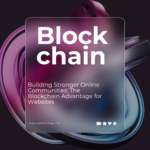
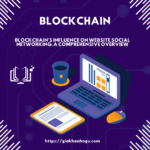





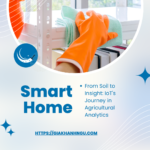


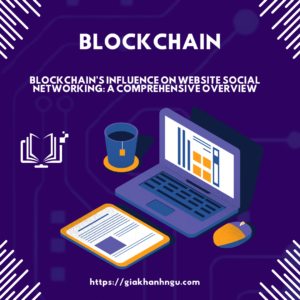
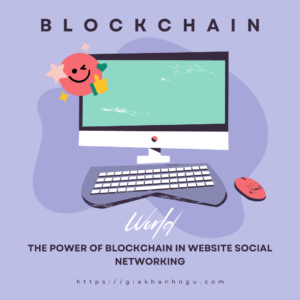
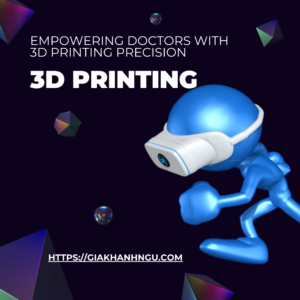
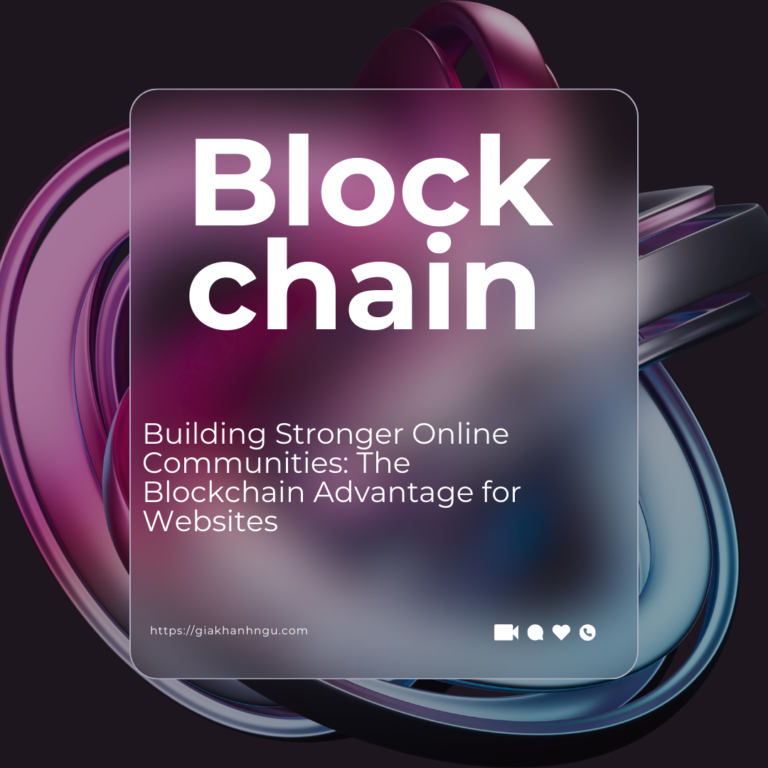


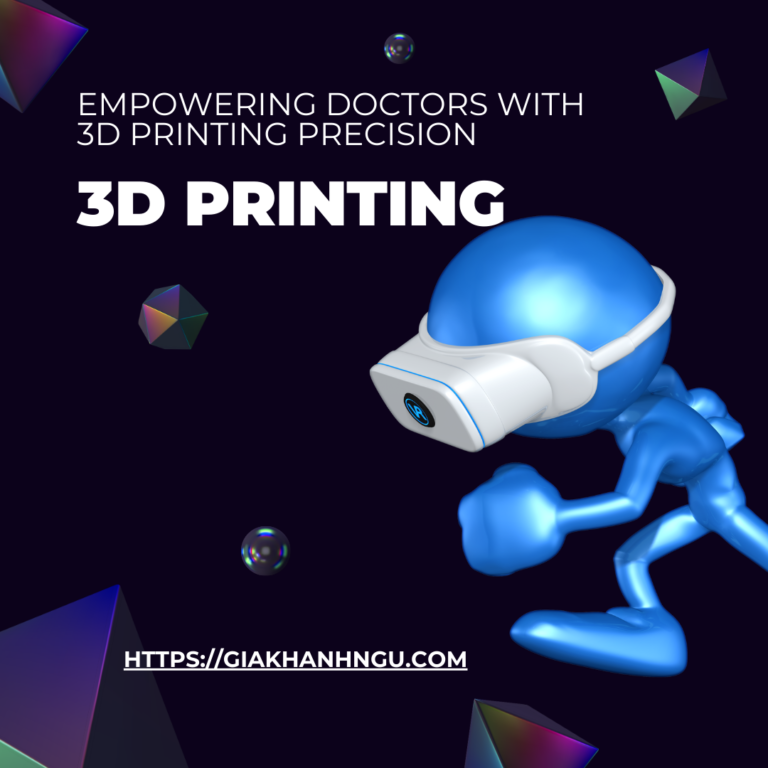



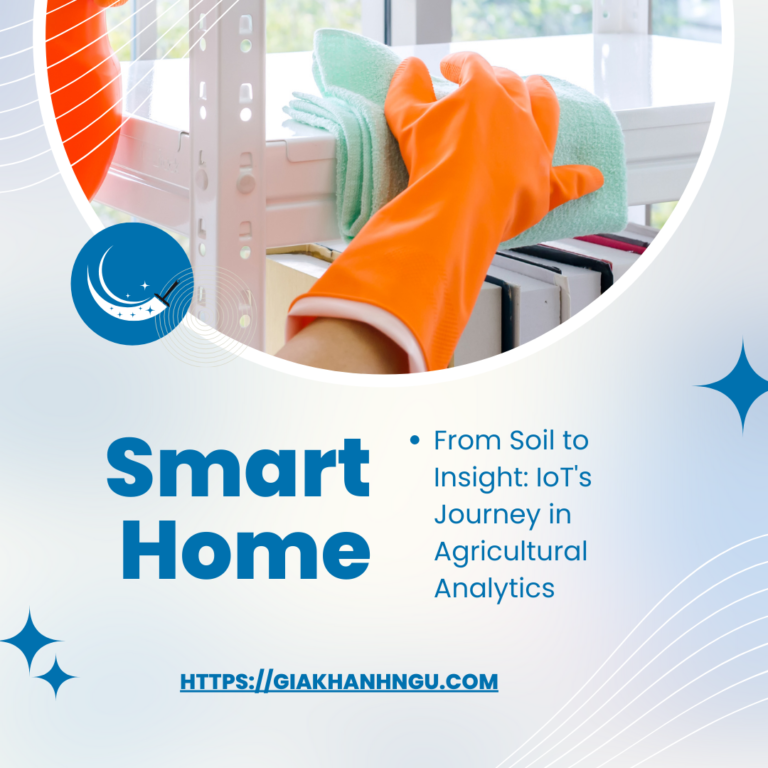
+ There are no comments
Add yours